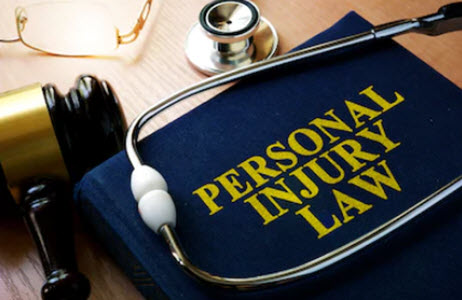Why is Internal Bleeding so Dangerous?

True or false: Your body is full of blood—it is everywhere, filling every cavity of your body. Actually that is false. That misconception is at the heart of what makes internal bleeding so dangerous.
Almost any kind of trauma to the body–including blunt force–can cause bleeding internally. Your organ doesn’t have to stop working for there to be bleeding, nor do you have to be punctured or lacerated, for there to be an internal bleed.
Your Body is…Hollow?
When you cut yourself or wound yourself, you bleed because arteries and veins that carry blood, have been injured.
However, your body is not just like a giant waterbed, with blood sloshing everywhere. In fact, the spaces between your organs, or between your organs and the outer lining of your body, are generally hollow, albeit, often tightly packed with organs. In other words, there are open spaces and crevices inside your body cavity.
If you cut your finger on the outside, you will bleed. The same holds true for damaging internal organs. But unlike an external organ bleeding, when there is a bleed internally, there is no place for the blood to go—your body is obviously enclosed by your skin.
If an organ bleeds enough, it puts pressure on your other organs, as blood starts to fill the space or crevices in your body cavity. That filling creates pressure, which can severely damage internal organs.
Loss of Blood
This is aside from the loss of blood—if you were bleeding externally, you would seal or suture the wound. But internally, you can have a bleed and not even know it or see it, at least not at first. By the time the bleed spreads, you can suffer from life threatening blood loss.
Signs of Internal Bleeds
Often, people don’t know they have suffered an internal bleed, at least not at first.
Smaller, slower bleeds may not appear on initial scans. And symptoms of internal bleeds can look like symptoms of other types of injuries. In some cases, even the initial scans or diagnostics that may be taken in the typical emergency room, may not show any bleeding, which is why people in accidents need to be monitored for a period of time, even if they are discharged from an emergency room seemingly fine.
Victims may be lightheaded or weak. They may have blood in urine or stool. They may have vague pain, or have shortness of breath. Bruising is also a telltale sign. In serious cases, someone’s vision or speech may be affected; severe bleeding can even look like the same symptoms as a stroke.
Some people may have existing medical conditions that can make them more susceptible to bleeding or which makes it harder for an otherwise controllable bleed to stop on its own. Likewise for people on certain medicines, like blood thinners, which can affect the ability for the body to heal itself.
Have you suffered an injury in any type of accident? Call the Fort Lauderdale personal injury attorneys at Rosen Injury Law with any questions you may have about your injuries or accidents.
Sources:
healthline.com/health/internal-bleeding
webmd.com/first-aid/internal-bleeding-causes-signs

